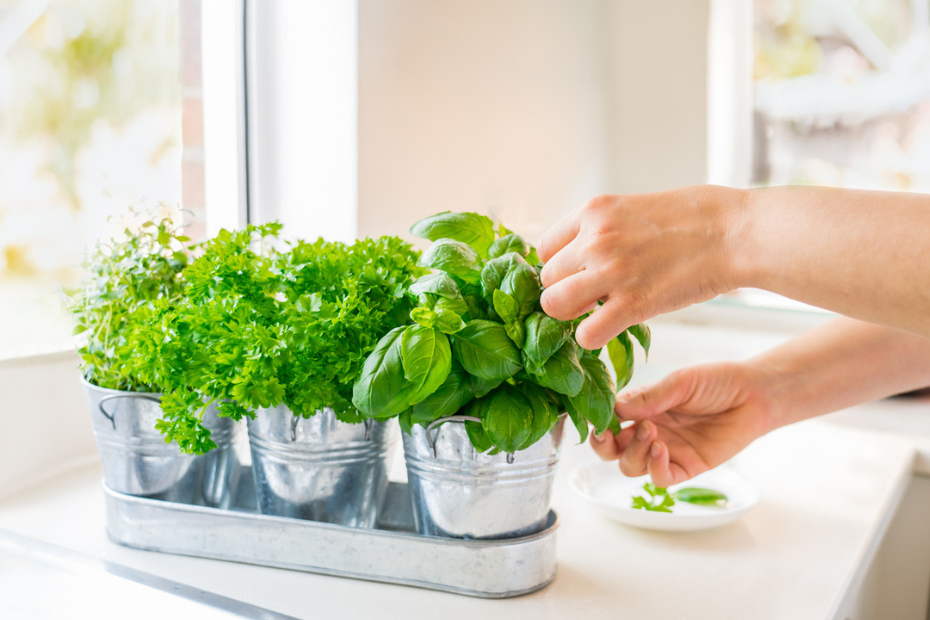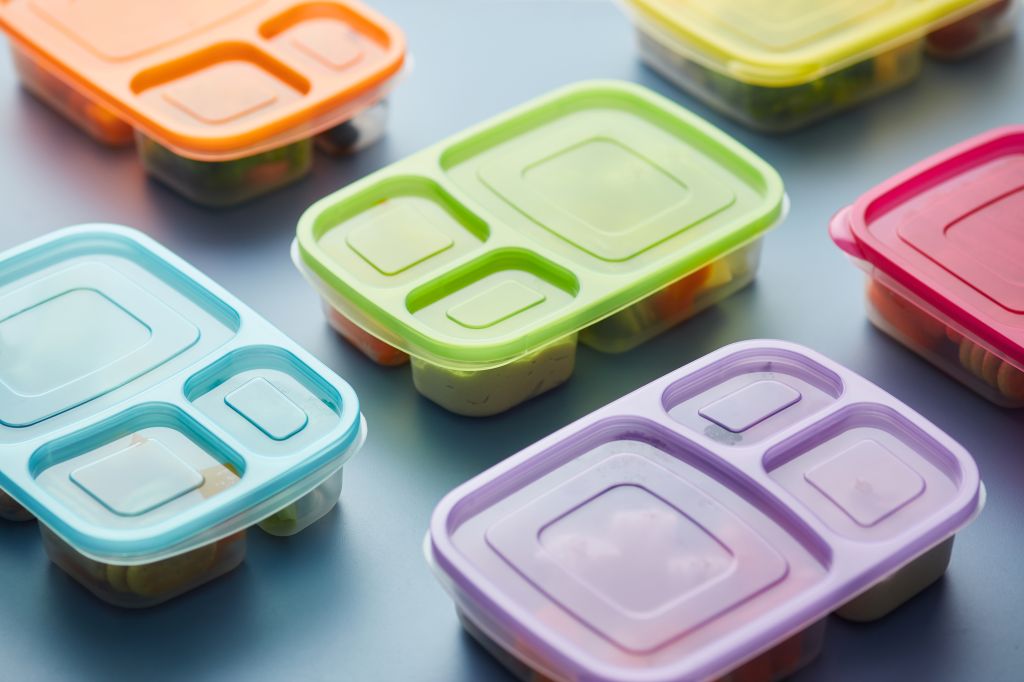Published May 4, 2023 • 4 Min Read
My first planting of a vegetable garden was a sudden impulse motivated by the need to entertain my little children on a rainy weekend. It was a chilly spring Sunday when I dug up a rectangle of backyard sod, dumped a few bags of triple mix and stirred it all up with a shovel. I recall planting a mix of seeds and seedlings, knowing very little about what I was doing. Of course, this early experience remains one of the most successful I’ve ever had with vegetable gardening. The peppers were red and hot, the peas sweet and tender, the beans beyond plentiful. Beginner’s luck is real, friends.
Those children are now in university but, with grocery prices skyrocketing across the country, my thoughts have turned back to that uber successful introduction to growing my own food. I’ve begun to look through seed catalogues, comparing English peas to sugar snaps, pole beans to bush varieties, dill to chives. I’m digging out my tools and getting ready to get back out there. Want to garden along with me? The following are my tips for planting the simplest of edible spring gardens. If things go half as well as they did those two decades ago, we’ll all have a nice array of home-grown veggies and herbs for pennies on the dollar.
Veggies for Beginners
Lettuce likes cool temperatures and can be seeded directly into your garden or outdoor pots about two weeks before your last expected frost. Prepare the soil for lettuce (and all of the following crops) by removing rocks and debris, loosening the soil to 12 inches and adding nutrients in the form of compost or aged manure. Mix up everything and smooth the surface before sowing the tiny lettuce seeds according to package instructions.
Pro tip: Romaine and leaf are two varieties known for easy growing. Be sure to get them started in April or May, before the real heat of summer begins.
Peas Is there anything more delicious than old-fashioned shelling peas? Many varieties are not widely available in grocery stores nowadays so growing your own peas saves you money and multiplies your food choices. Plant peas up to a month before the last expected frost date in a sunny location, according to package instructions.
Pro tip: If you have enough space, plant peas every three weeks in what is known as succession planting for a constantly maturing supply.
Beans Unlike lettuce and peas, beans do not like cold soil, so plant them after all risk of frost has past, according to package instructions. Beyond that one limitation, beans are the easiest of vegetables to grow, rewarding a little bit of effort with a generous crop.
Pro tip: Water bean seeds with warm water to encourage quick germination.
Radishes grow quickly and again prefer the coolness of spring to the heat of summer, which can make the plants “bolt” (the tops grow wildly while the root that you eat stagnates). Sow directly into soil in pots or your garden as soon as it is workable, according to package instructions.
Pro tip: There are so many kinds of radishes out there! Treat yourself to an evening perusal of a seed catalogue to find the radish that speaks to you.
Easy Herbs for Containers or Gardens
Dill is an annual. Its seeds can be planted as soon as the threat of frost has passed, and the little plants (aka seedlings) should come up 10-14 days after that. Dill is delicious in salads or on fish, and later in the season, it develops seed head that are the characteristic flavour of pickles.
Chives are perennials, which means that once you’ve successfully grown them one season, they will pay you back by returning year after year. Chives can be started from seeds in trays indoors and transplanted when the soil is warm, or started outside from seedlings after the threat of frost has passed. They are delicious in soups and salad, and their purple flowers look as great in the garden as on a plate.
Basil is a tasty herb that you can start from seed indoors and move outside around the end of May. The leaves are perfect with tomato and bocconcini in a caprese salad or, when you find yourself blessed with a bumper crop, made into fragrant, delicious pesto.
This article is intended as general information only and is not to be relied upon as constituting legal, financial or other professional advice. A professional advisor should be consulted regarding your specific situation. Information presented is believed to be factual and up-to-date but we do not guarantee its accuracy and it should not be regarded as a complete analysis of the subjects discussed. All expressions of opinion reflect the judgment of the authors as of the date of publication and are subject to change. No endorsement of any third parties or their advice, opinions, information, products or services is expressly given or implied by Royal Bank of Canada or any of its affiliates.
Share This Article






